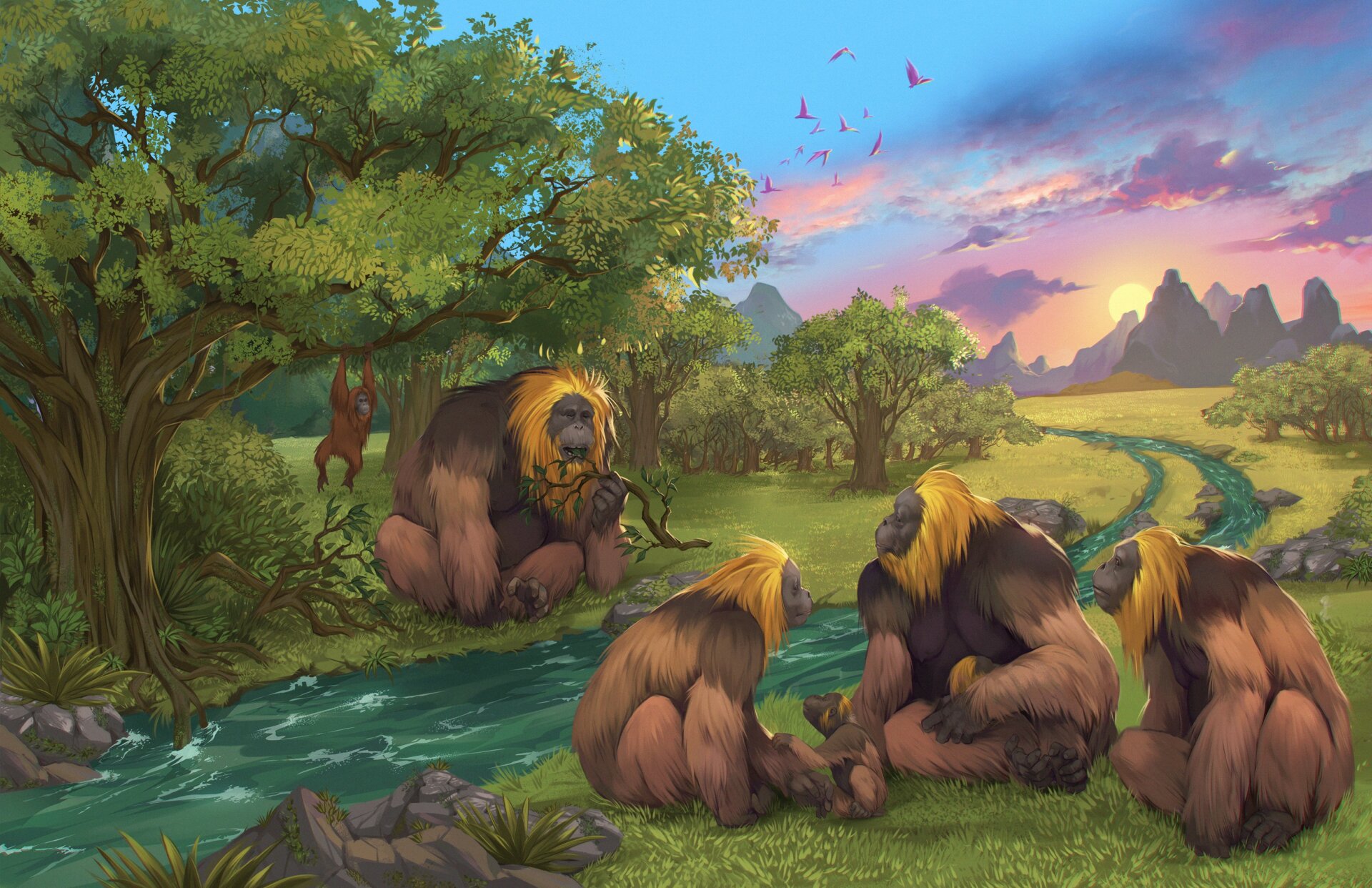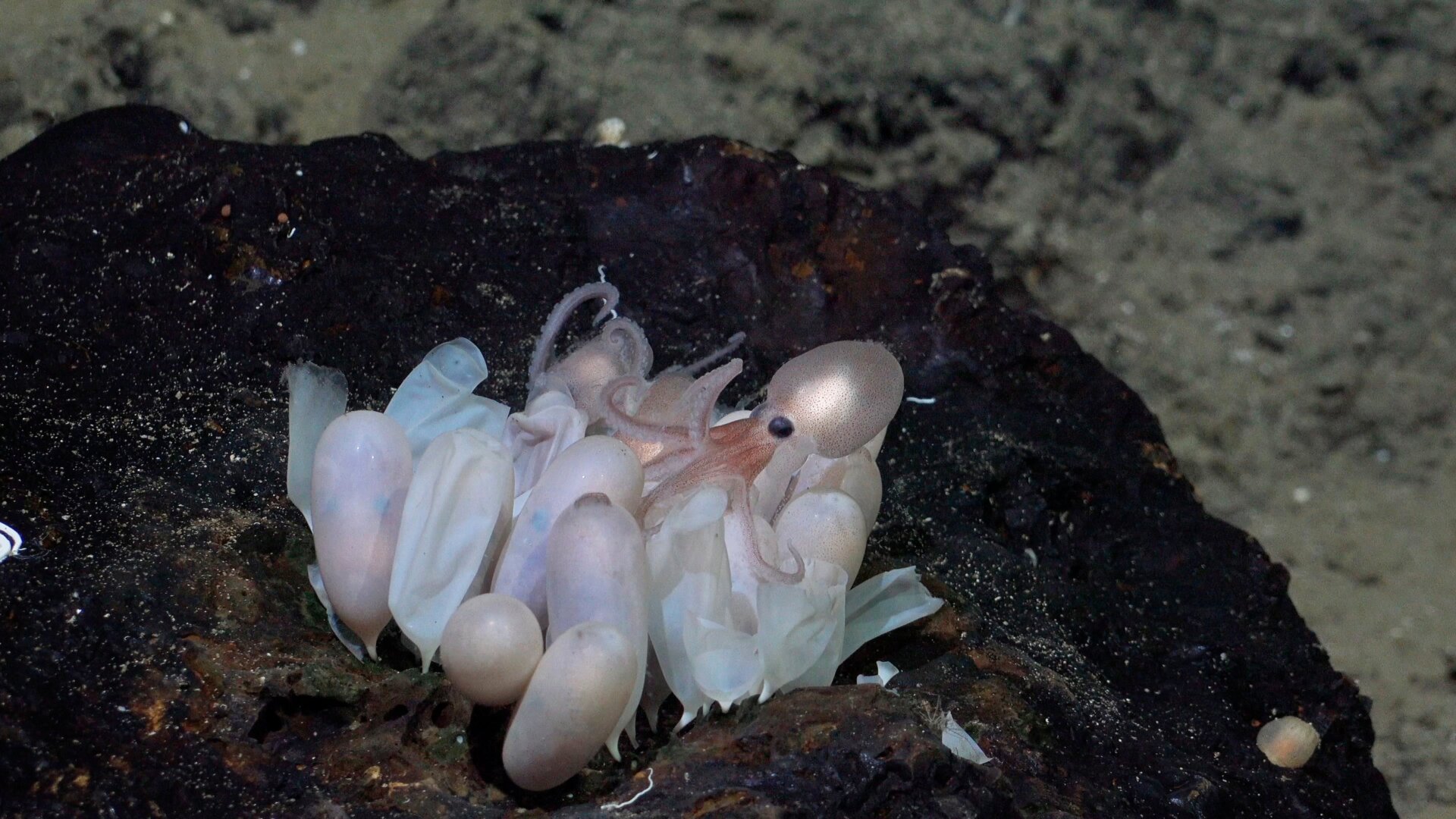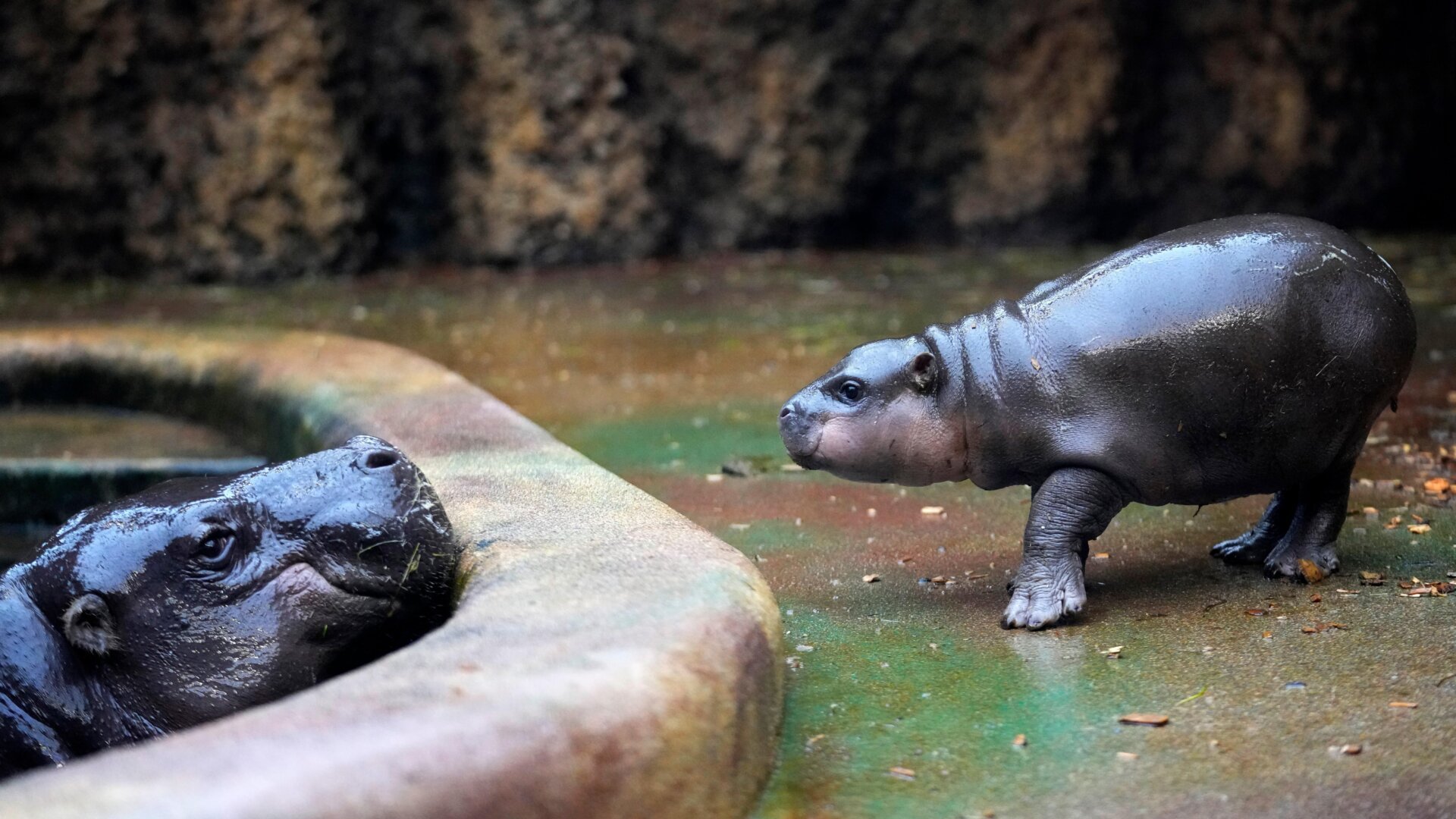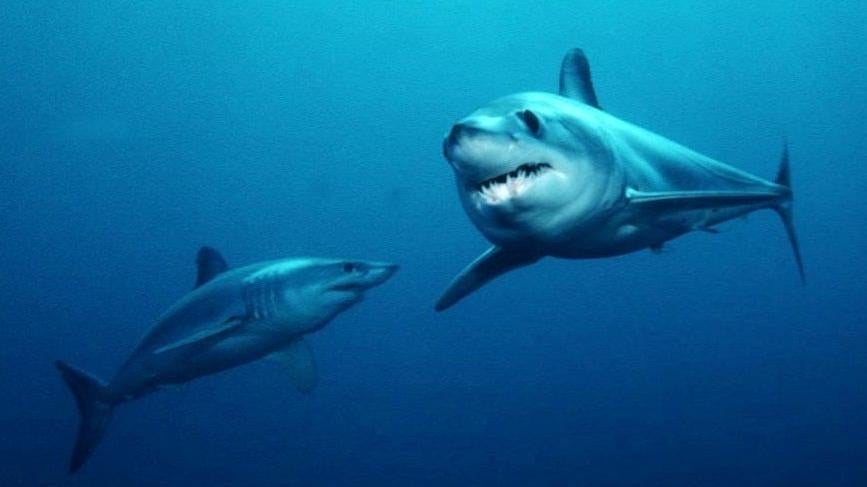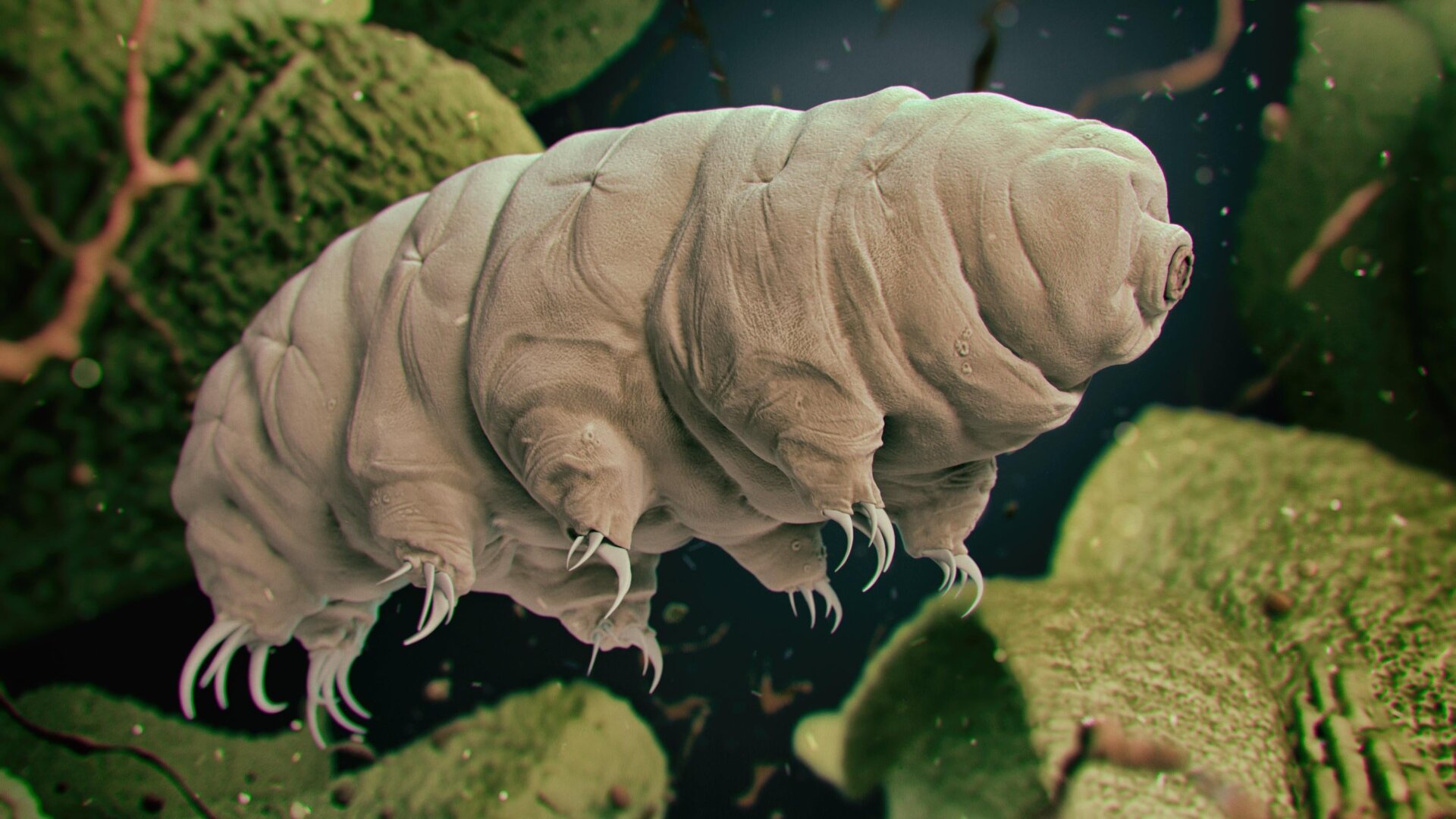The largest primate ever to walk the Earth, Gigantopithecus blacki, vanished hundreds of thousands of years ago. While its existence has only been known to science for less than a century, new research provides a clearer picture of its extinction timeline and the potential factors that led to its demise.
This new study, published in Nature, suggests G. blacki went extinct between 295,000 and 215,000 years ago. As the climate of Southeast Asia shifted, this massive primate, unable to adapt its diet and habitat, gradually disappeared, leaving behind only fossilized teeth as remnants of its existence. This extinction event poses a significant question for paleontologists: How could such a dominant creature vanish while other primates adapted and survived?
The story of G. blacki began in 1935 with the discovery of a “dragon’s tooth” in a Hong Kong apothecary. This molar, not belonging to any mythical creature, unveiled the existence of a giant ape estimated to have stood nearly 10 feet tall and weighed up to 661 pounds.
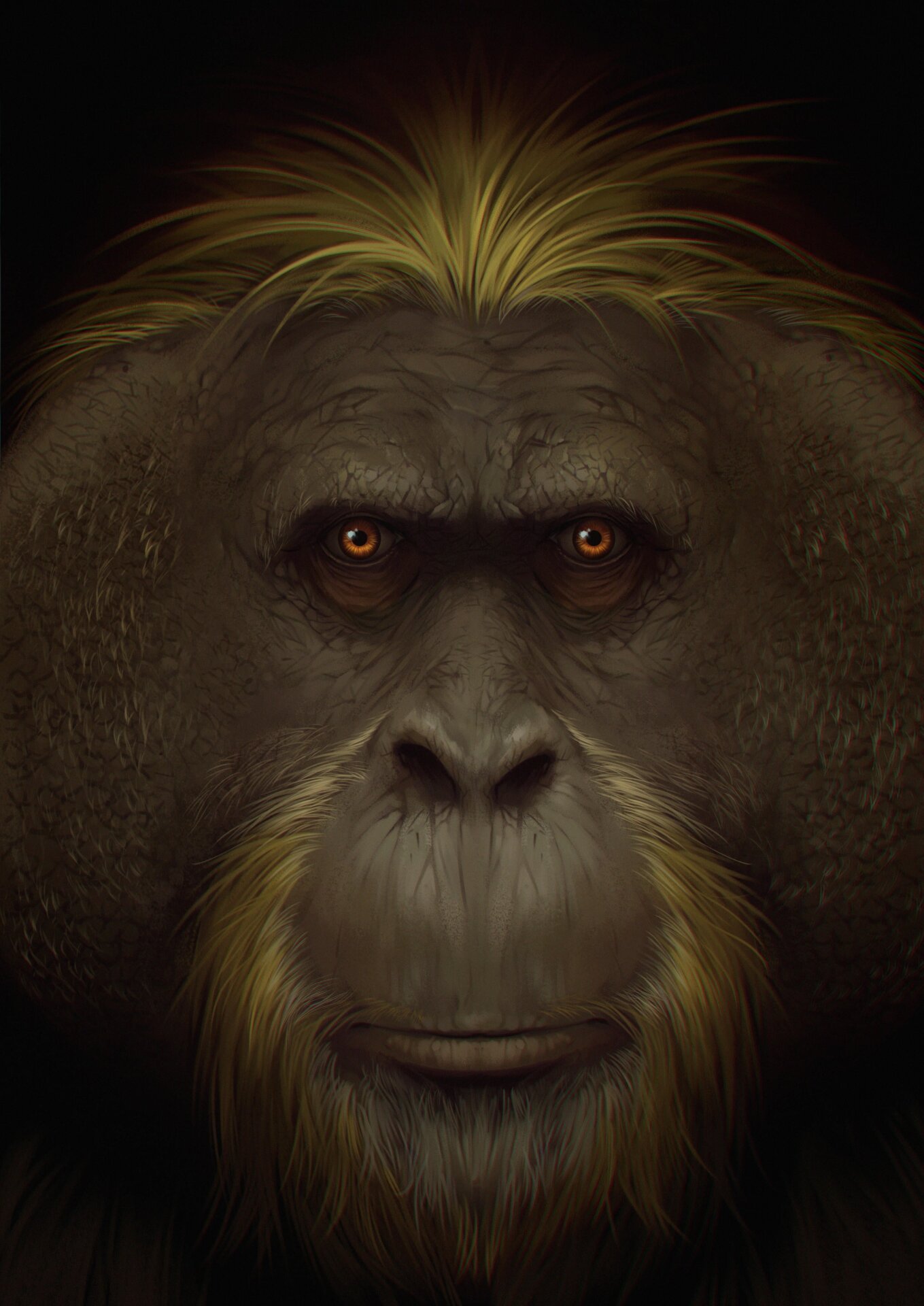 An artist’s concept of G. blacki’s face.An artist’s rendering of G. blacki.
An artist’s concept of G. blacki’s face.An artist’s rendering of G. blacki.
Evidence of G. blacki remains scarce, limited to four mandibles and approximately 2,000 teeth found in caves throughout Southeast Asia. The recent study expands this limited fossil record by incorporating newly discovered remains excavated between 2017 and 2020. Combining these findings with previously identified G. blacki caves, researchers analyzed 22 caves and employed six dating techniques to refine the timeline of the ape’s extinction.
Beyond fossilized remains, the research team investigated ancient pollen, sediments, and isotopes from the cave floors to reconstruct the changing climate G. blacki faced. This changing environment also affected other primates in the region, including a close relative of the giant ape, Pongo weidenreichi, an extinct orangutan species.
Gigantopithecus’s Struggle to Adapt
The research suggests that, unlike its relatives, G. blacki failed to adapt to the changing climate. As its preferred food sources dwindled due to the shift from forest and grassland ecosystems to a more open forest environment, G. blacki resorted to less nutritious options. This dietary inflexibility played a crucial role in its eventual extinction.
Comparing Extinctions: Gigantopithecus and Pongo
While P. weidenreichi also went extinct, its demise occurred around 60,000 years ago, significantly later than G. blacki. Three orangutan species survive today, though all are critically endangered. This highlights the contrasting fates of these two ancient primates in the face of environmental change.
Lessons from the Past for Primate Conservation
Understanding the causes of primate extinctions is critical, especially with the looming threat of a sixth mass extinction event. By examining past extinctions, we gain valuable insights into species’ responses to environmental stress, informing conservation efforts for living primates like orangutans and mountain gorillas.
The current climate crisis and human activities, such as farming, mining, and logging, are contributing to habitat loss for great apes. The orangutan, the only great ape remaining in Asia, faces increasing pressure from palm oil production.
The extinction of G. blacki serves as a stark reminder of the importance of addressing environmental challenges and protecting endangered species. While mourning the loss of this extraordinary creature, we must also prioritize the conservation of existing primates before they, too, become just another entry in the fossil record.
The Future of Primate Conservation
The extinction of G. blacki serves as a stark reminder of the importance of conservation efforts. While mourning the loss of this extraordinary creature, we must prioritize the survival of existing primate species and mitigate the threats they face. The lessons learned from G. blacki’s demise can guide us in protecting these vital members of our planet’s biodiversity.



